Understanding Whitening Strips & Dental Crowns
Whitening strips are a popular over-the-counter solution for achieving a brighter smile. They typically contain a concentration of hydrogen peroxide or carbamide peroxide, which are bleaching agents that help remove stains and discoloration from the enamel of your teeth. Dental crowns, on the other hand, are tooth-shaped caps that are placed over a damaged or weakened tooth to restore its shape, size, strength, and improve its appearance. Understanding how these two interact is crucial if you have crowns and are considering using whitening strips. This guide will help you navigate the use of whitening strips when you have dental crowns, ensuring you make informed decisions for your oral health.
How Whitening Strips Work
Whitening strips utilize chemical reactions to lighten the shade of your teeth. The active ingredient, usually hydrogen peroxide or carbamide peroxide, penetrates the porous enamel surface of the teeth. These agents break down the stain molecules that have accumulated over time from food, drinks, and habits like smoking. This process effectively lifts the discoloration, making your teeth appear whiter. However, the effectiveness of whitening strips can vary depending on factors such as the concentration of the bleaching agent, the duration of application, and the type and severity of the staining.
Mechanism of Whitening Strips
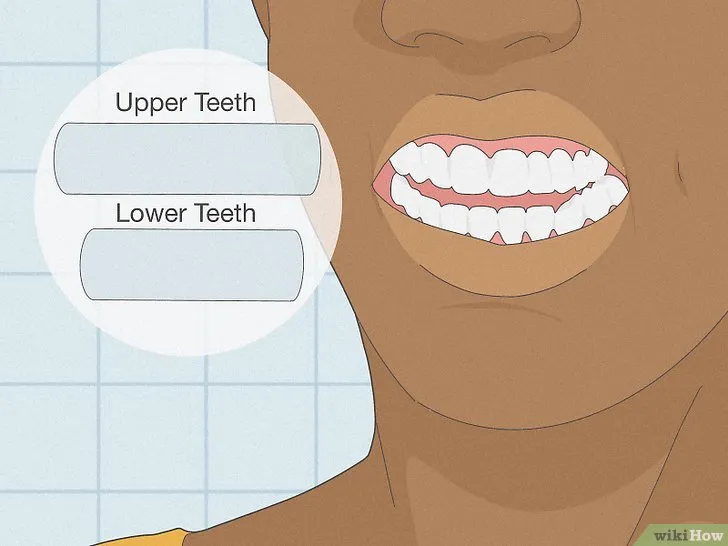
The whitening process begins when the peroxide-based solution in the strips comes into contact with the tooth enamel. The peroxide molecules then initiate an oxidation process. This oxidation breaks down the bonds that hold stain molecules together, effectively removing them. This process occurs because the enamel is somewhat porous, allowing the bleaching agents to penetrate and interact with the stains. The results are typically visible within a few days of use, with the teeth becoming progressively whiter over the treatment period.
Composition of Whitening Strips
Whitening strips generally consist of a thin, flexible plastic strip coated with a gel containing the active whitening agent. The most common active ingredients are hydrogen peroxide, found in higher concentrations, and carbamide peroxide, which breaks down into hydrogen peroxide. Other ingredients may include stabilizers, thickeners, and flavoring agents to improve the product’s efficacy and patient experience. The concentration of the active ingredient varies between different brands and formulations, impacting the speed and intensity of the whitening effect. It is important to read the product label carefully before use to understand the specific ingredients and concentrations involved.
Types of Dental Crowns
Dental crowns come in various materials, each with its own set of advantages and considerations. Understanding the type of crown you have is crucial when considering whitening treatments, as it influences how the crown will respond to the bleaching agents. The most common types include porcelain, metal, and zirconia crowns. The material of your crown directly impacts its longevity, aesthetics, and compatibility with teeth whitening treatments.
Porcelain Crowns
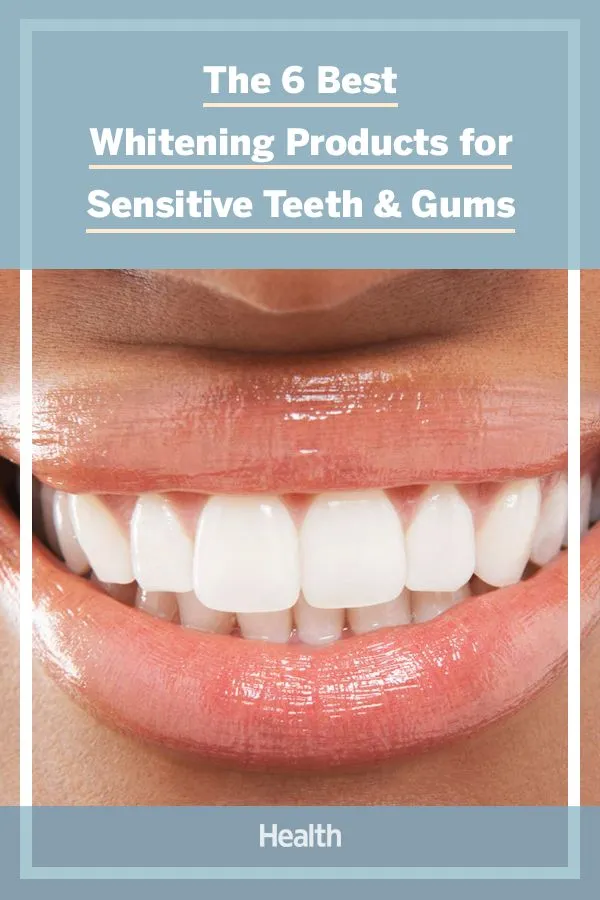
Porcelain crowns, often made of porcelain fused to metal (PFM), offer a balance of aesthetics and durability. While they can closely mimic the appearance of natural teeth, they are not immune to staining over time. However, the porcelain material itself does not react to whitening agents like the enamel of natural teeth does. This means that while the surrounding natural teeth may whiten, the porcelain crowns will generally remain the same shade, potentially creating a mismatch in color.
Metal Crowns
Metal crowns, typically made from gold alloys or other metals, are known for their strength and durability. However, they are not aesthetically ideal, especially in visible areas of the mouth. Metal crowns do not whiten because they are not porous and the whitening agents cannot penetrate the metal surface. The metal’s color will not change, making them unsuitable for whitening treatments if the goal is to match the shade of natural teeth.
Zirconia Crowns
Zirconia crowns are a popular choice for their strength, biocompatibility, and aesthetic appeal. Zirconia is a type of ceramic material known for its durability and ability to blend seamlessly with natural teeth. Similar to porcelain, zirconia crowns do not whiten with whitening strips. The material is dense and non-porous, preventing the bleaching agents from penetrating the surface. This means that the shade of the zirconia crown will remain constant while your natural teeth whiten.
The Impact of Whitening Strips on Crowns
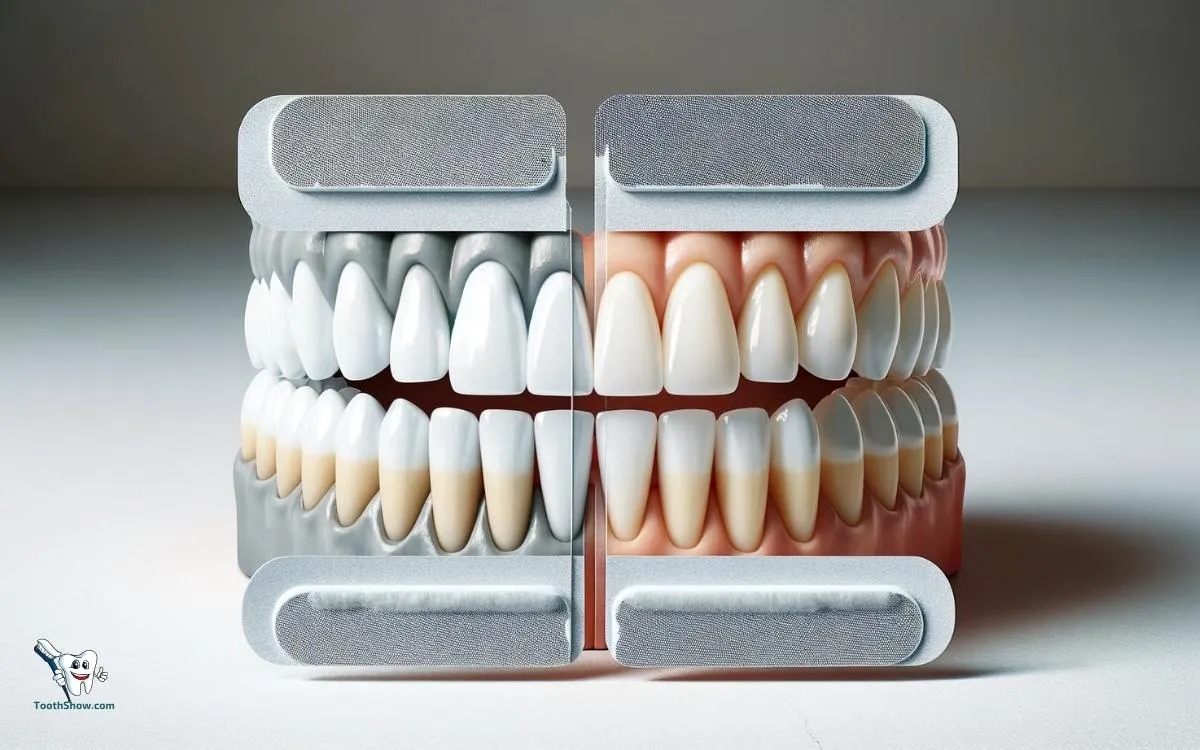
The use of whitening strips on teeth with crowns can lead to some distinct outcomes. The primary concern is that the crowns, regardless of their material, will not change color in response to the whitening treatment. As a result, the surrounding natural teeth may become significantly whiter, while the crowns retain their original shade. This can create a noticeable color difference, making the crowns appear darker than the adjacent teeth. Understanding the potential consequences is crucial for making an informed decision before beginning any whitening treatment.
Why Crowns Don’t Whiten
The inability of crowns to whiten is due to the materials they are made from. Unlike natural tooth enamel, which is porous and allows the bleaching agents to penetrate, crowns are made from non-porous materials. These materials are designed to be stain-resistant. The active ingredients in whitening strips, such as hydrogen peroxide, cannot effectively penetrate the surface of crowns to break down stain molecules. This characteristic means that the crowns will maintain their original color, regardless of how long or how often you use whitening strips.
The Difference Between Natural Teeth & Crowns
Natural teeth and crowns respond very differently to whitening treatments. Natural teeth have a porous enamel surface, which allows the bleaching agents to penetrate and lift stains. This results in a lighter, whiter shade. Crowns, on the other hand, have a non-porous surface that prevents the whitening agents from altering the color. This difference means that while your natural teeth will lighten with whitening strips, the crowns will remain the same shade, potentially creating a contrast that may not be aesthetically pleasing.
Potential Risks & Considerations
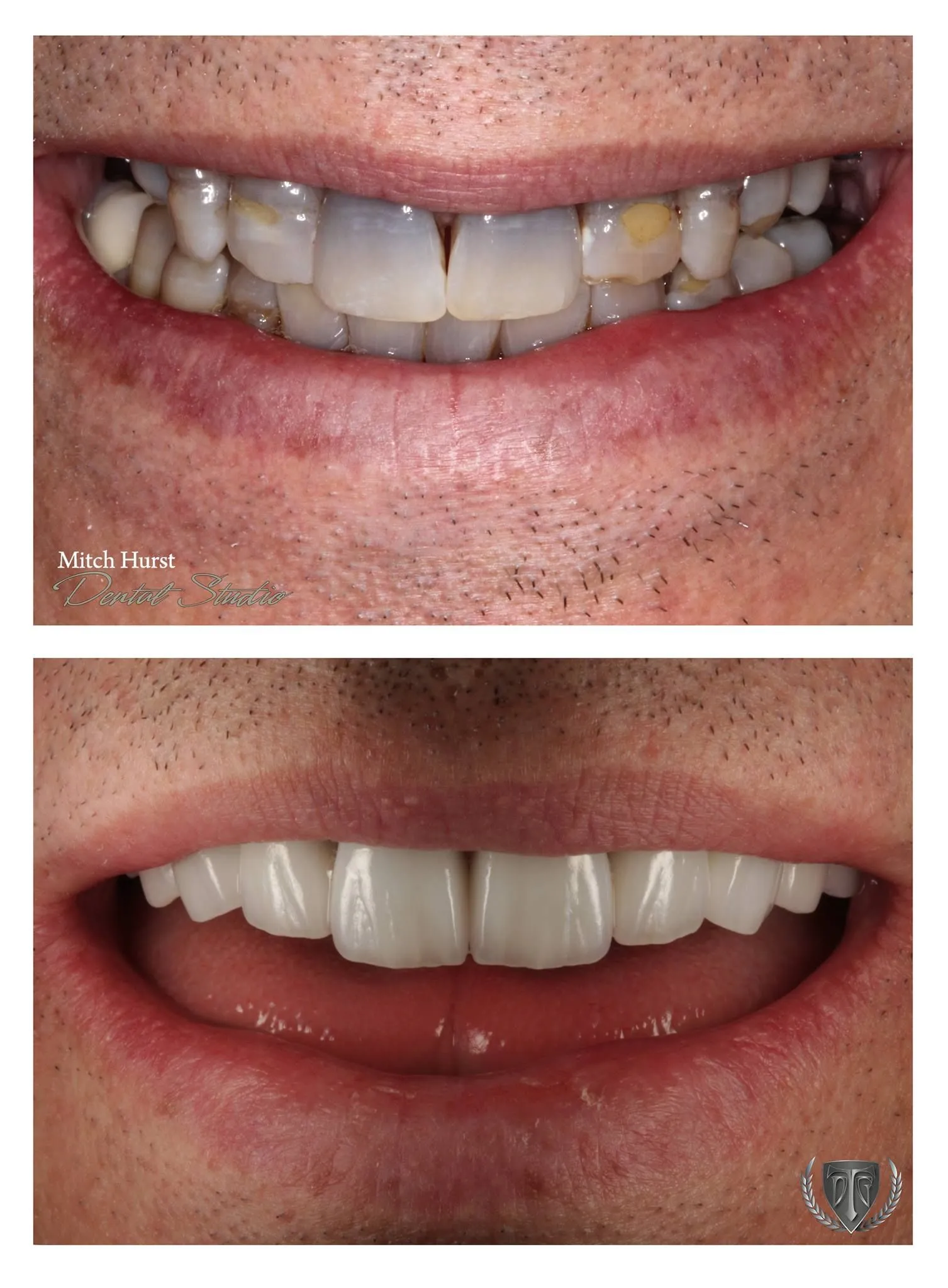
When using whitening strips with crowns, several risks and considerations come into play. The primary concern is the potential for a color mismatch between the natural teeth and the crowns. Additionally, there might be other side effects like increased tooth sensitivity and gum irritation, which can be exacerbated by the presence of crowns. It is essential to consider these factors to avoid any undesired outcomes.
Sensitivity and Irritation
Whitening strips can cause temporary tooth sensitivity and gum irritation, especially in individuals with pre-existing dental issues or sensitive teeth. The bleaching agents can irritate the soft tissues of the gums and cause minor discomfort or inflammation. If you have crowns, the sensitivity may be more pronounced, particularly around the margins where the crown meets the natural tooth. Using a toothpaste designed for sensitive teeth and avoiding overly aggressive brushing can help alleviate these symptoms. Discontinue use and consult with your dentist if the sensitivity or irritation becomes severe or persistent.
Effect on Bonding
In some cases, whitening treatments can slightly affect the bonding of dental restorations. While this is rare, the chemicals used in whitening strips could potentially weaken the bond between the crown and the tooth structure. If you are considering whitening treatments, discuss this with your dentist, especially if you have existing fillings or other dental work. Your dentist can assess the condition of your restorations and provide recommendations to minimize any potential risks.
Alternatives to Whitening Strips for Crowns
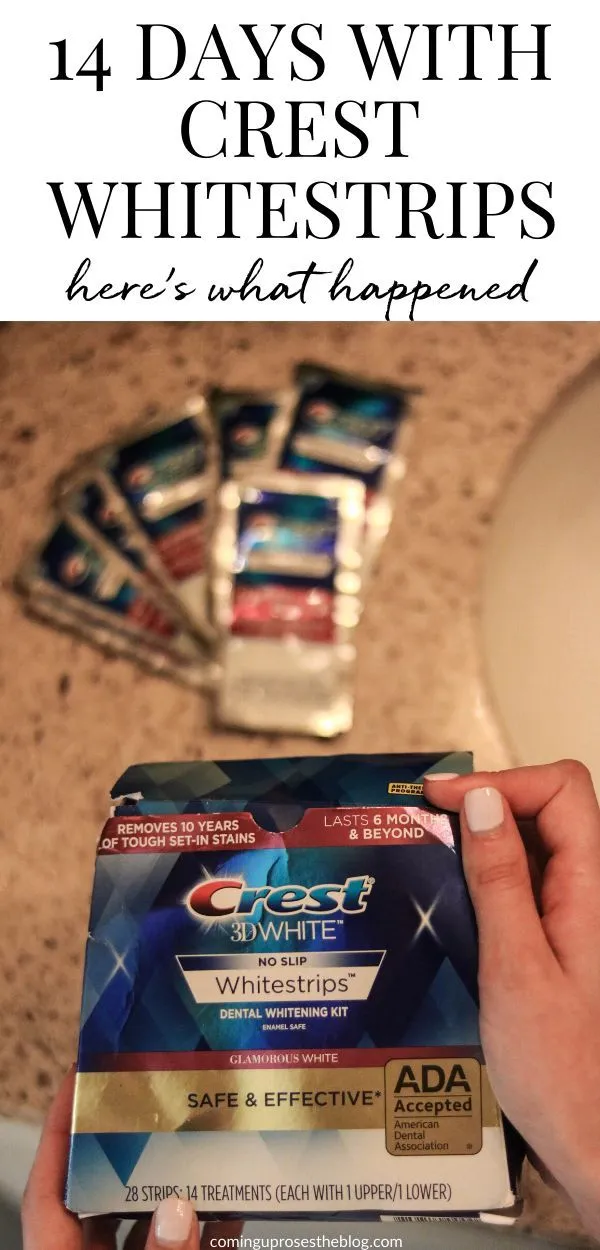
If you have crowns and are seeking a brighter smile, several alternatives to whitening strips can help. These options range from professional dental procedures to other cosmetic treatments. It’s important to discuss your goals with your dentist, who can recommend the most suitable approach based on your specific situation and the type of crowns you have.
Professional Teeth Whitening Options
Professional teeth whitening, performed by a dentist, is a more controlled and effective way to lighten your teeth. These treatments often involve higher concentrations of bleaching agents than those found in over-the-counter products. Before the procedure, your dentist will assess your teeth and crowns to determine the best approach. They can also apply a protective barrier to your gums to minimize sensitivity and irritation. Professional whitening can often achieve better and more consistent results compared to at-home methods, particularly when crowns are present. Your dentist can also match the shade of the crowns if they are replaced.
Other Cosmetic Dentistry Procedures
Beyond whitening, various other cosmetic dentistry procedures can enhance the appearance of your smile when you have crowns. These procedures may include replacing existing crowns with newer, more aesthetically pleasing ones that better match your whitened natural teeth. Veneers, thin shells of porcelain or composite resin, can be applied to the surface of your teeth to improve their shape, color, and overall appearance. Your dentist can also discuss options like cosmetic bonding or reshaping your teeth to achieve the desired outcome. The best option will depend on your individual needs and aesthetic goals.
Maintaining Your Smile with Crowns & Strips
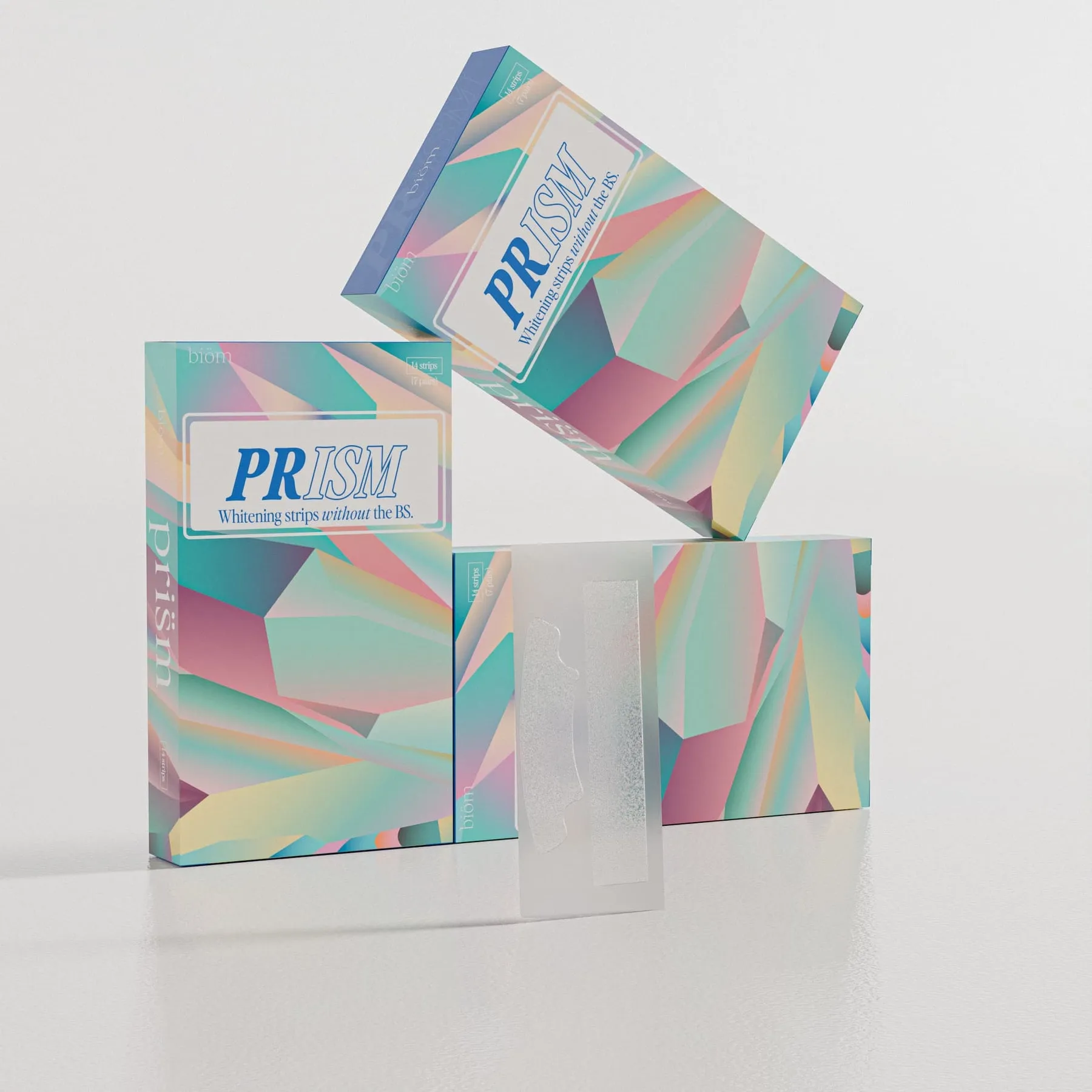
Maintaining a healthy, bright smile with crowns and whitening strips requires a comprehensive approach to oral hygiene and regular dental care. Following these practices can help preserve the results of your whitening treatment and keep your teeth and gums in top condition. Good oral hygiene habits and regular dental visits are important.
Proper Oral Hygiene Practices
Maintaining proper oral hygiene is essential for the health of your teeth and gums, especially when you have crowns. Brush your teeth at least twice a day with fluoride toothpaste, and floss daily to remove plaque and food particles from between your teeth and around the gumline. Consider using a soft-bristled toothbrush to avoid damaging your crowns or irritating your gums. You can also use an antimicrobial mouthwash to further reduce bacteria and maintain fresh breath. Proper hygiene helps prevent staining and prolongs the results of whitening treatments.
Regular Dental Check-ups
Regular dental check-ups and professional cleanings are vital for maintaining your oral health and the appearance of your smile. Your dentist can monitor the condition of your crowns, identify any potential issues early, and provide professional cleaning to remove stains and plaque buildup that regular brushing and flossing might miss. They can also assess the effectiveness of your whitening treatments and make recommendations for ongoing care. Regular check-ups ensure that any dental problems are addressed promptly, preventing them from becoming more serious and costly in the future. Dental cleanings also help maintain the brightness of your natural teeth.
